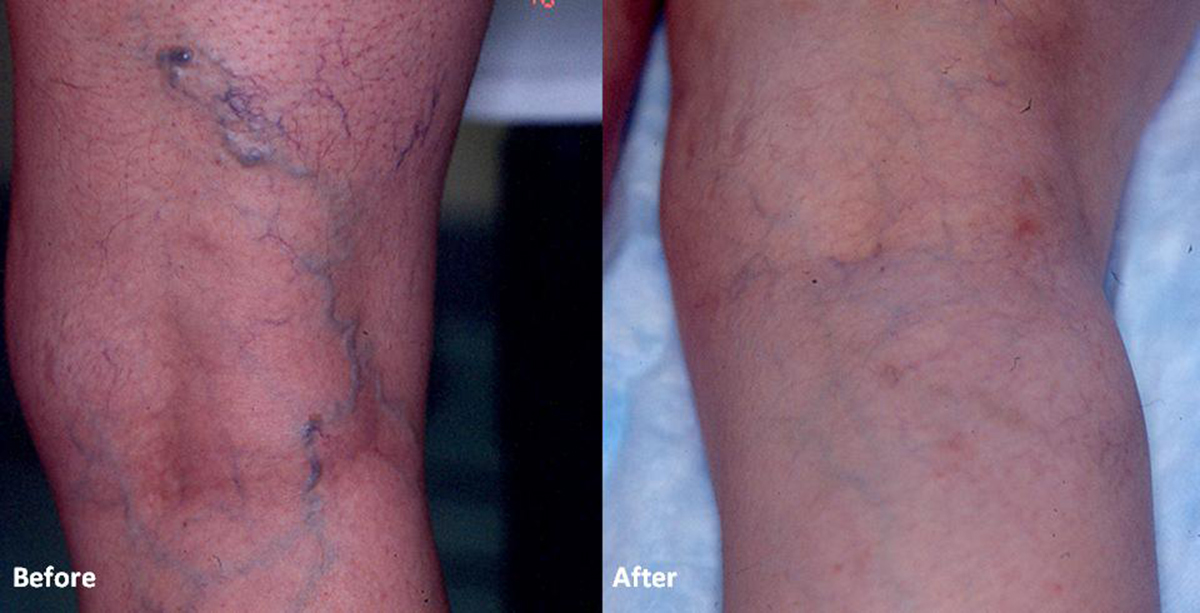Table of Contents
Spider veins are also known as broken capillaries. These are nothing more than tiny blood vessels no more than 2 mm in diameter that may appear on different places on the body such as the face, legs and ankles. They are very easy to recognize because they are bluish, purple or red in color and often form a web-like netting just below the skin’s surface. Spider veins are generally just an unattractive nuisance, although when they become large they can cause heaviness in the legs, night cramps and itching.

Varicose veins are a similar condition, although they represent the veins near the surface of the skin on the legs which have become permanently distended and filled with blood. The heart pumps blood to supply oxygen and nutrients to all parts of the body. Arteries carry blood from the heart towards the body parts, while veins carry blood from the body parts back to the heart to receive oxygen again. Veins have valves that are designed to prevent blood from flowing backwards due to gravity. When a valve malfunctions or vein walls weaken, blood collects in the vein, causing it to bulge.
Causes of spider veins
A number of factors contribute to the development of spider veins, including:
- heredity
- pregnancy
- hormonal shifts
- lack of exercise
- obesity
- weight gain
- occupations or activities that require prolonged sitting or standing
- use of certain medications
Spider veins can appear in both men and women, but are more frequent in women. The fact is also that female hormones may play a role in the development of spider veins. That is why puberty, birth control pills, pregnancy, or hormone replacement therapy may contribute to the forming of spider veins. Spider veins may also appear after an injury or as a result of wearing tight girdles held up with elastic bands. Varicose veins are mainly caused by a genetic susceptibility, and there is nothing much one can do to prevent their development.
Symptoms of spider veins
Spider veins usually take one of three basic patterns.
Spider shaped
Spider veins may appear in a true spider shape with a group of veins radiating outward from a dark central point, like a spider's web.
Branch-like shaped
They may be arborizing and resembling tiny branch-like shapes, like on trees.
Linear shaped
Spider veins may also appear as thin separate lines. Linear spider veins are commonly seen on the inner knee, whereas the arborizing pattern often appears on the outer thigh in a sunburst or cartwheel distribution.
Although many people think that these two things are the same, varicose veins differ from spider veins in a number of ways. Varicose veins are larger, usually more than a 6-7 millimeters in diameter, darker in color and tend to bulge visibly. Varicose veins are also more likely to cause pain and be related to more serious vein disorders, while the spider veins are painless.
- www.plasticsurgery.org
- www.aad.org
- www.betterhealth.vic.gov.au
- en.wikipedia.org/wiki/Sclerotherapy
- Photo courtesy of Podma by Flickr : www.flickr.com/photos/61772605@N07/5765626952/

